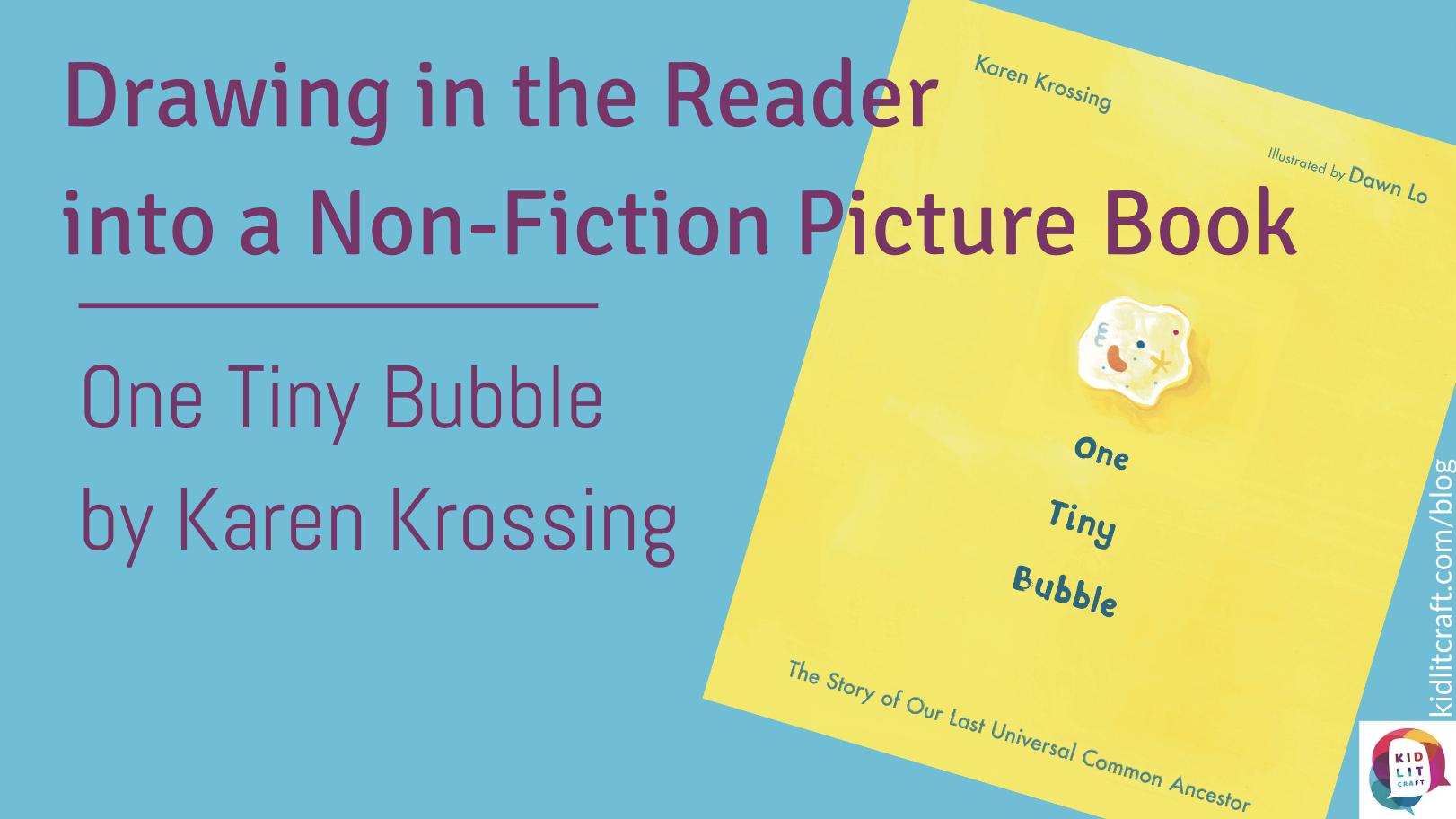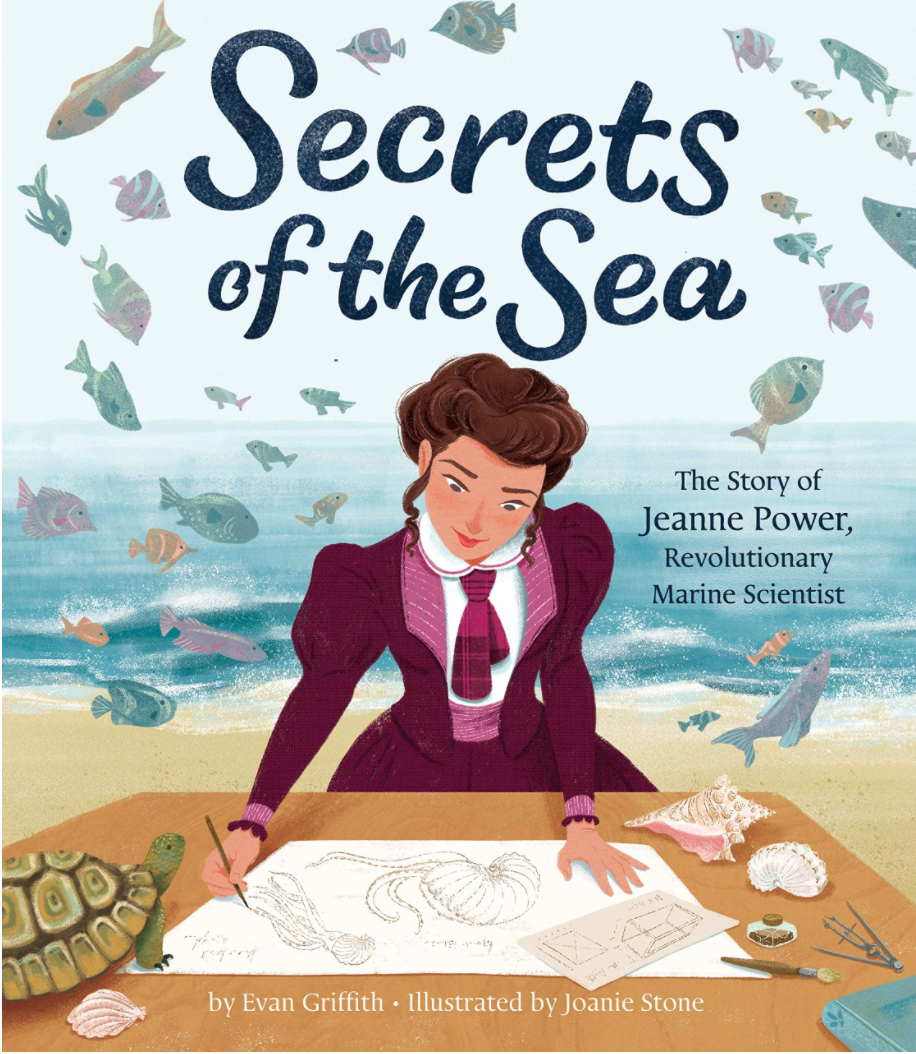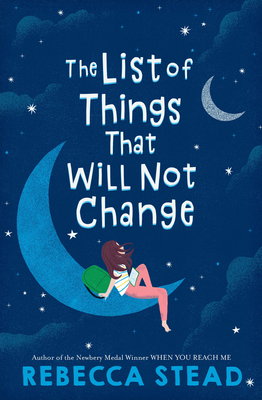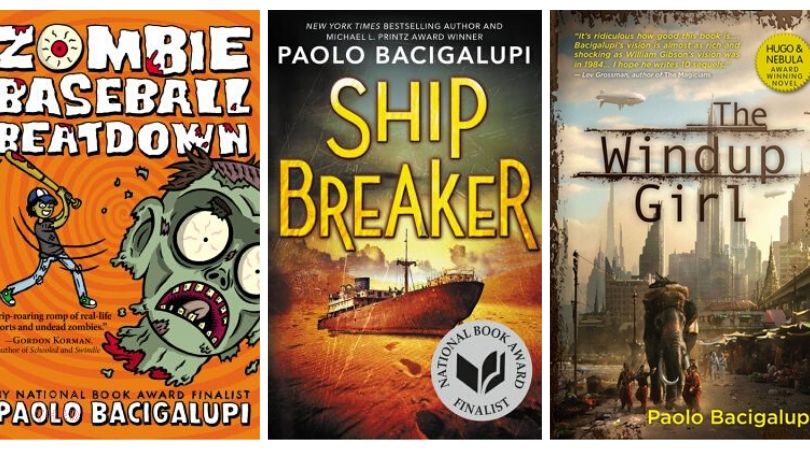hello!
JOIN US IN EXPLORING OTHERS' CRAFT AND BUILDING OUR OWN
In One Tiny Bubble, Krossing uses specific craft techniques to connect readers to the story, from direct address to apt comparisons, enabling kid readers to understand LUCA in relation to themselves and their world.
In Secrets of the Sea, Evan Griffith keeps the story active by providing context to explain how important her work was, providing detailed descriptions and examples to prove his points about Jeanne, and employing effective sentences at the ends of spreads that make readers want to turn the page. In each instance, he sets up expectations, context, or questions that lead readers through a delightful story.
Your job as a writer is to keep your readers asking the right questions: What will happen to the main character? What decision will she make?
When your reader asks the wrong questions–like, Where are we? Who’s in the room with the main character? Is this happening now, or in the past, or in the future? How much time has gone by since the last scene?–they’ll be too distracted to focus on the more important questions.
craft review by Jen Jobart In my last post, I talked about how Paolo Bacigalupi addresses the same powerful themes regardless of the audience he’s writing for. In this post, I examine how he does it. Character development Bacigalupi has a gift for really getting into a character’s heart and showing what it feels like […]
craft review by Jen Jobart I write books for kids because I want to remind them that they are powerful. That they can work together for the greater good. That they can change the world. Kids can be inspired by those types of themes, but only if they’re woven into a novel that they can’t put down. […]




